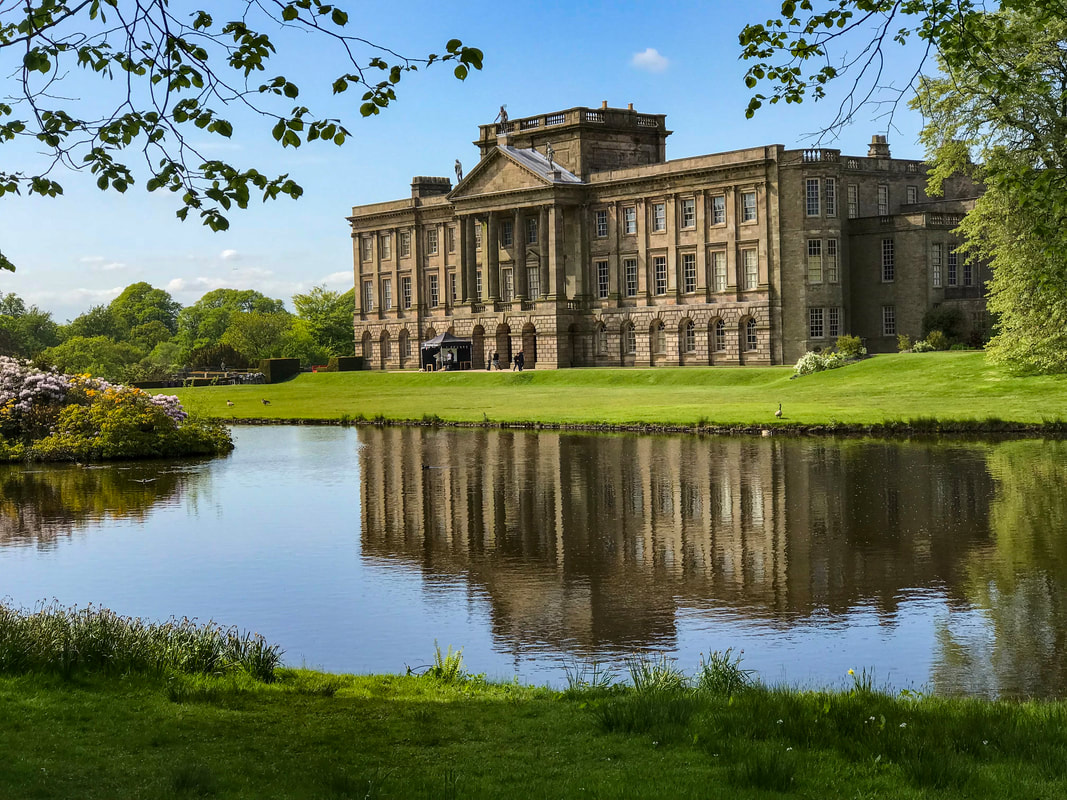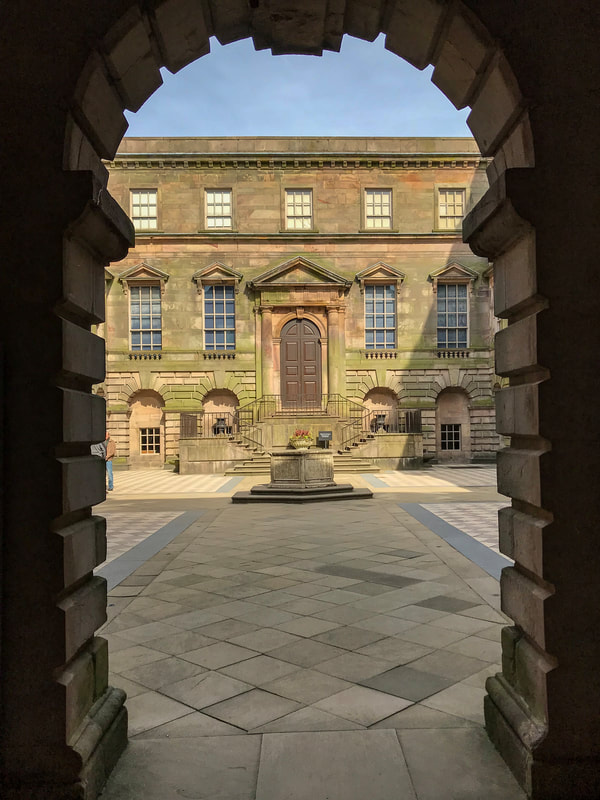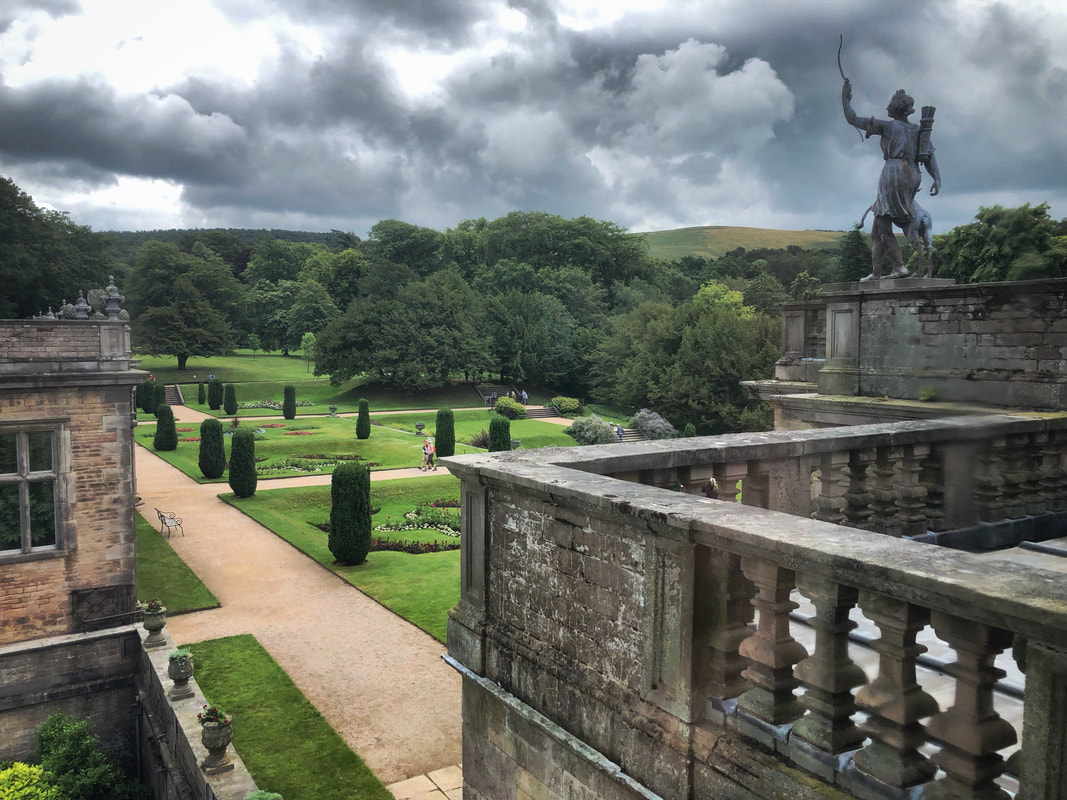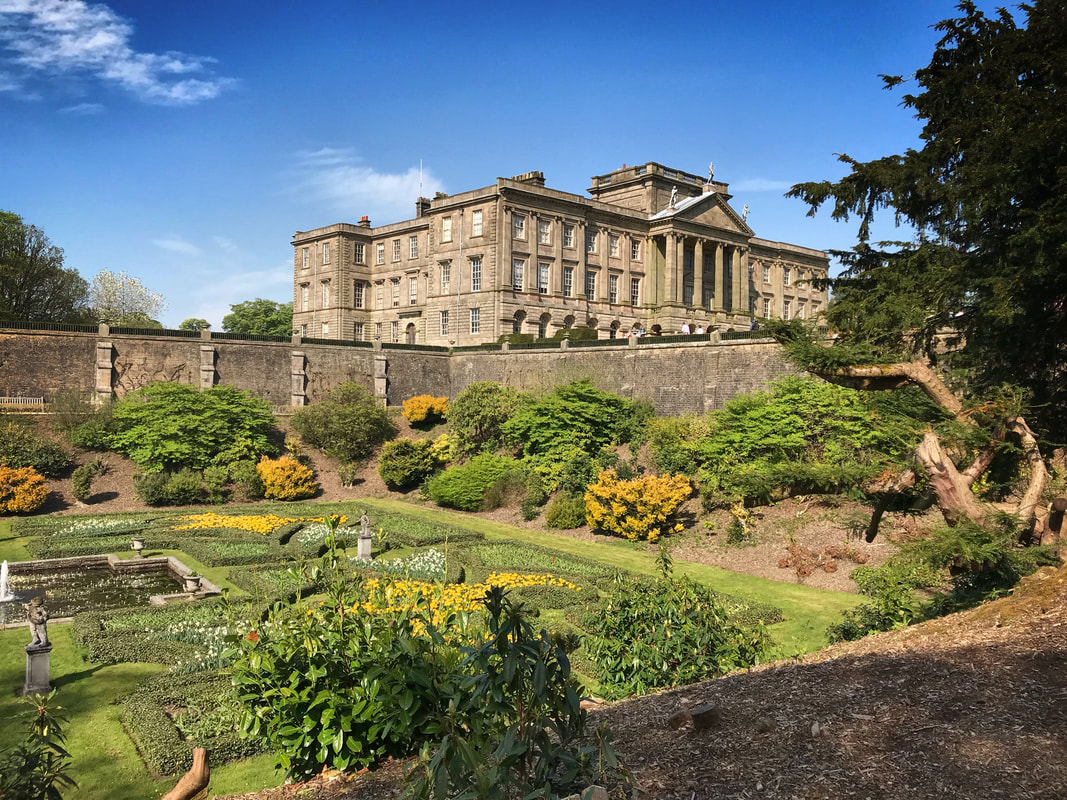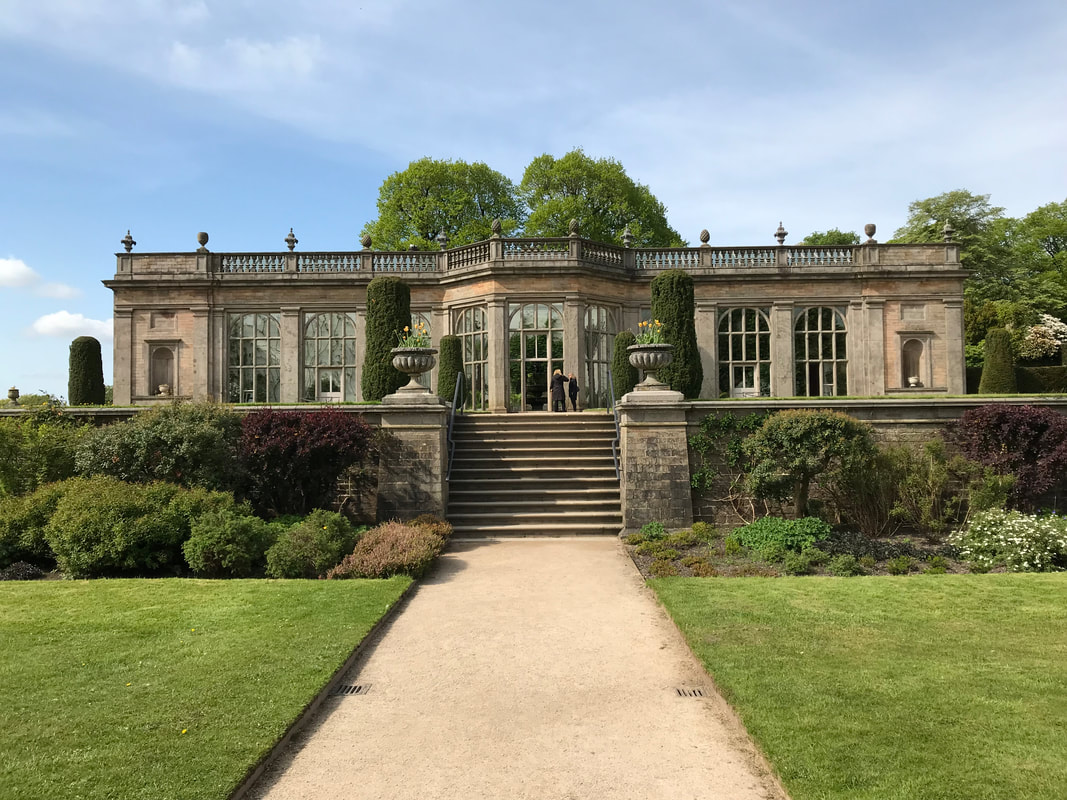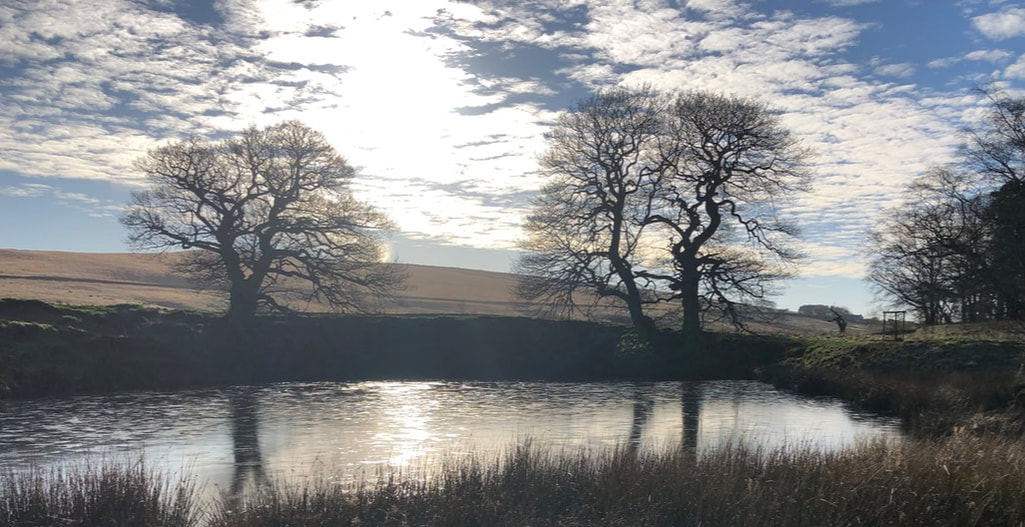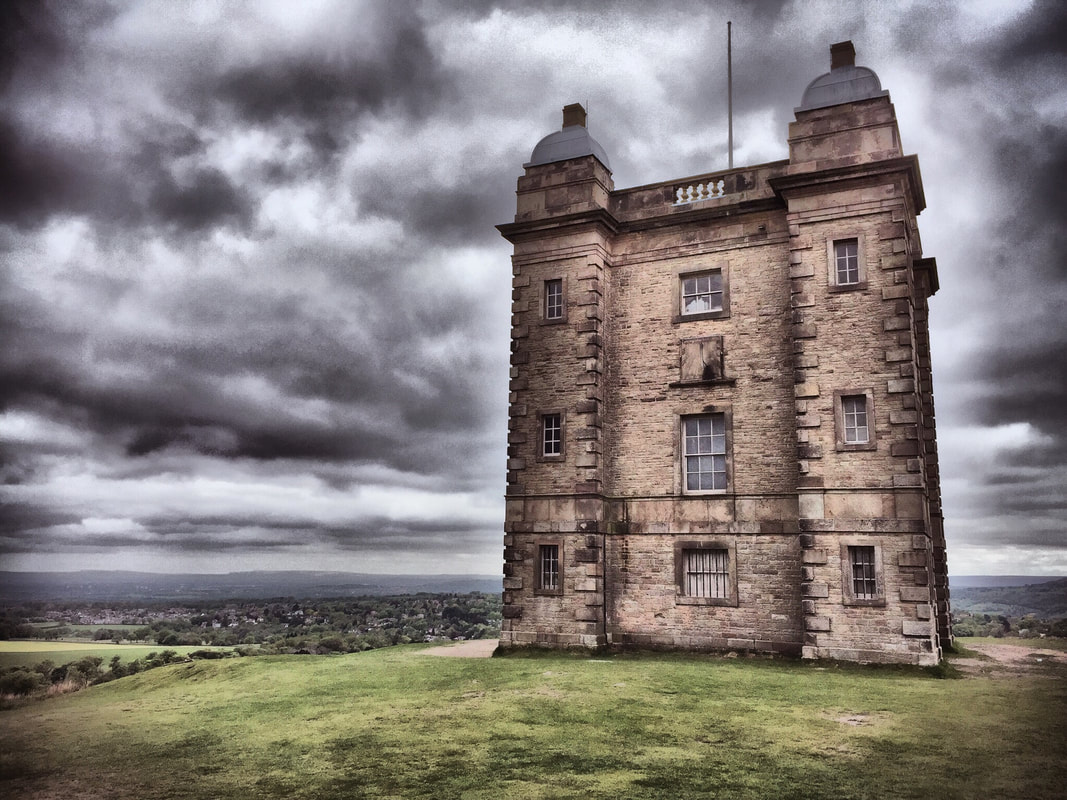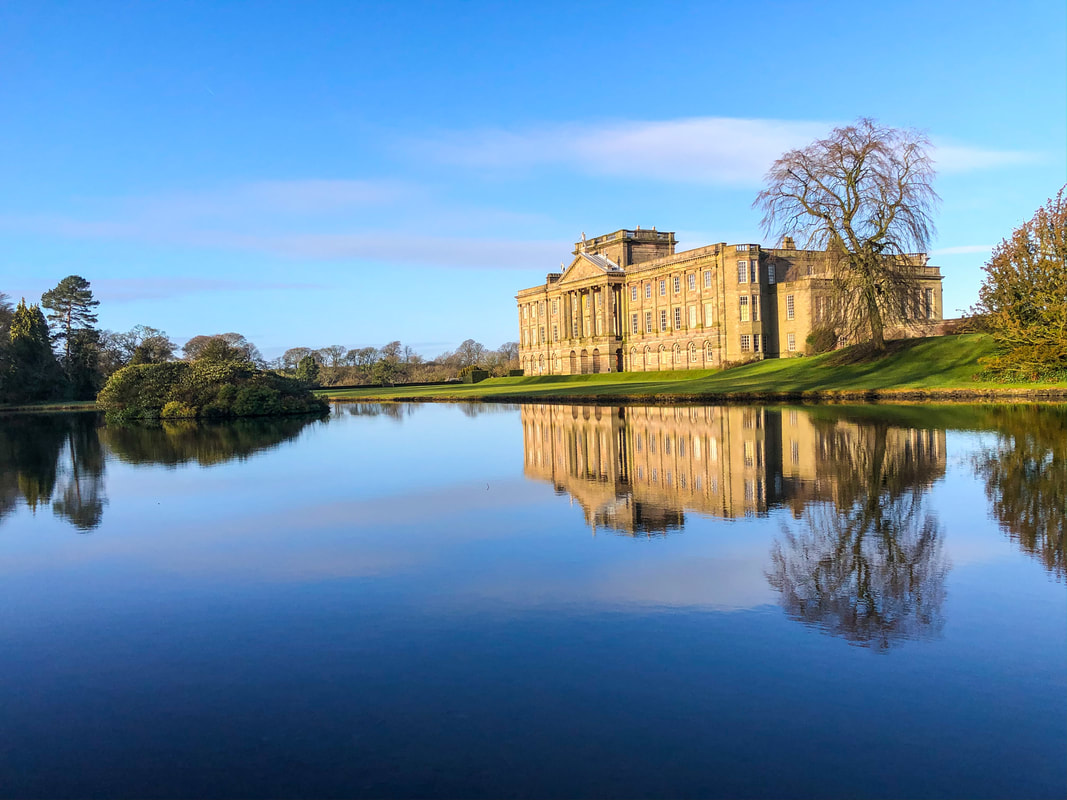|
Lyme Park is one of the most popular locations to visit on our Peak District Tours, whether it is for fans of the 1995 BBC production of Pride & Prejudice, or just as part of a scenic experience. Situated a few miles from the Peak District national park, Lyme is the largest house in Cheshire and is Grade 1 listed. Lyme's history can be traced as far back as 1346, when the estate was gifted to Sir Thomas Danyers by Edward III, in gratitude for his service to the Black Prince at the Battle of Crecy. Danyers had retrieved the standard of the Black Prince and was rewarded with annuity of 40 marks per year, which could be exchanged for land belonging to the Black Prince. When Sir Thomas died, the estate passed to his daughter, Margaret. In 1388, Margaret married Piers Legh and so the dynasty of the Legh family at Lyme began, which would stretch right up until 1946. The house that Margaret inherited was demolished by Piers Legh VII and construction of the current house was begun in the mid-16th century. The original building was L shaped and it wasn't until the 1720s, when Giacomo Leoni was commissioned to make modifications to the house, resulting in the addition of the Italianate courtyard, that the house began to resemble its modern appearance. There are a number of architectural styles thrown together which makes it difficult to establish which additions were made by Leoni. Elizabethan, Baroque and Palladian styles are all present. Leoni was also responsible for the development of the south front, the huge portico guarded by statues of Venus, Neptune and Pan - the Gods of the air, sea and earth. In the early 19th century, Thomas Legh commissioned Lewis Wyatt to restore and modernise the house, which had begun to deteriorate as the family fortunes declined. Most of Wyatt's improvements were internal, but he also added a tower structure to provide living quarters for the servants, as well as the east wing. Formal gardens were created in the late 19th and early 20th centuries and subsequently found fame when Lyme was used as the exterior of Pemberley in the iconic 1995 BBC production of Pride and Prejudice, starring Colin Firth and Jennifer Ehle. Situated in the parkland which surrounds the house, is a small stretch of water known as Darcy's Pond, which is where Colin Firth famously took a dip in Pride and Prejudice and made several million hearts flutter simultaneously. One of the most prominent view points at Lyme is from The Cage. Originally built in 1580, The Cage was a hunting lodge, where the ladies could admire the athletic abilities of the gentlemen as they hunted stag on the surrounding slopes. At the end of the hunt, the tower would become a banqueting hall for feating and drinking. In later years, the building became used as a game keeper's residence and subsequently as a poachers' prison where anybody caught attempting to steal the hare and deer would spend their leisure. The original tower was demolished in 1734 and was then rebuilt by Peter Legh XII. He had been imprisoned in the Tower of London on suspicion of treason before being acquitted and it is noticeable that the tower bears some resemblance to the central keep, The White Tower. One of the most fascinating treasures at Lyme is the Sarum Missal. It's the only surviving copy, printed by William Caxton in 1487 and is thought to be the first book to be printed in more than one colour. The missal shows the reaction to the Reformation in great detail. In 1538, Henry VIII ordered that any references to the Pope, the Church of Rome and the catholic cult of St Thomas be removed from all liturgical texts. In the Lyme missal, examples can be seen of versos being crossed through and prayers removed, but the alterations were done so faintly that the text could still be read and the removed prayers were written by hand at the back of the book. This demonstrates that the Legh family continued to practice their catholic faith during the Reformation, which was a highly dangerous practice. The house is full of history, including a room known as the Stag Parlour which used to host meetings of the Cheshire Club which were dedicated to returning James II to the throne after he had been ousted in 1688. There are some chairs in the parlour which date from the 19th century and which bear the monogram "CR", which referred to Charles I. The chairs are said to be upholstered with fabric taken from the cloak which Charles I wore on the scaffold. In 1946, the Legh family donated Lyme to the care of the National Trust, ending a rich and colourful association that had begun in the 14th century. Visit Lyme Park On Our Peak District ToursOur private tours of the Peak District include various opportunities to visit the house or gardens at Lyme.
Our Pride & Prejudice Peak District Tour 1 covers various locations used in the 1995 BBC production please click the link to check availability and book online. Our Pride & Prejudice Peak District Tour 3 is a bespoke tour, in which our guests can select from a number of locations in the Peak District which relate to the various productions of Pride & Prejudice. And finally, our Bespoke Peak District Tour is an opportunity to design your own perfect day in the Peak District. Why not include a visit to Lyme along the way?
3 Comments
Susan Shtewi
5/2/2021 23:59:06
I remember transport taking us round Lyme Park when I was little that took us round Lyme
Reply
31/1/2023 16:17:56
I remember the little green caterpillar train driven by a diesel engine. Several carriages took you up the main drive from the main gate.
Reply
Leave a Reply. |
Categories
All
Archives
January 2024
|
|
Live For The Hills Tours Ltd
12 Brierley Park High Peak Derbyshire SK23 7NW Telephone: 07500 844744 Email: [email protected] |
© COPYRIGHT 2024 ALL RIGHTS RESERVED.

